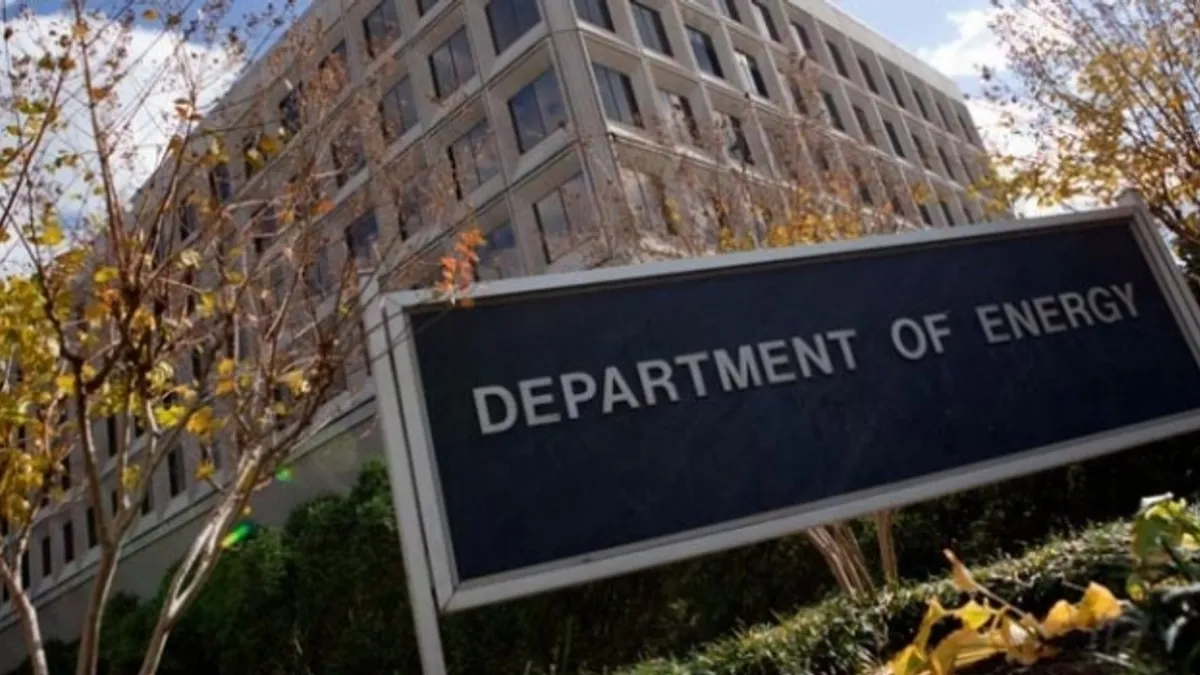Dive Brief:
-
A new study finds that a Department of Energy research unit that is in danger of being phased out by the Trump administration’s 2018 budget is a useful and fruitful program.
-
The National Academies of Sciences, Engineering, and Medicine (NAS) report, mandated by law, finds that the DOE’s Advanced Research Projects Agency-Energy (ARPA-E) is well designed and suited to deliver technological advances that would not be pursued by industry or by other government agencies.
-
The study noted that while ARPA-E is only seven years old and still young for a research organization, it has resulted in the publication of 581 articles, the granting of 74 patents, helped create 36 companies inspired by projects and has secured more than $1.25 billion in private sector funding.
Dive Insight:
Some researchers are concerned that President Donald Trump’s planned budget cuts to the DOE, and to ARPA-E in particular, could imperil the U.S.’ competitive standing in energy research and development.
The administration’s 2018 budget calls for ARPA-E to be phased out with funding slashed by to $20 million from $290 million in 2017.
ARPA-E, founded by a 2007 law, was patterned on the Department of Defense’s Defense Advanced Research Projects Agency (DARPA) that has been credited with developing the precursor of the internet and the global position system (GPS) among other advances.
ARPA-E operates at arm’s length from and without the bureaucratic restrictions that apply to the DOE. The director has a short tenure and the researchers are given more leeway than in other DOE departments.
Energy storage, particularly into advanced battery technology, is among ARPA-E’s biggest investments so far. And, among its successes is a device now made by Smart Wires that can pull or push power away from overloaded transmission lines in order to better use existing grid assets.













